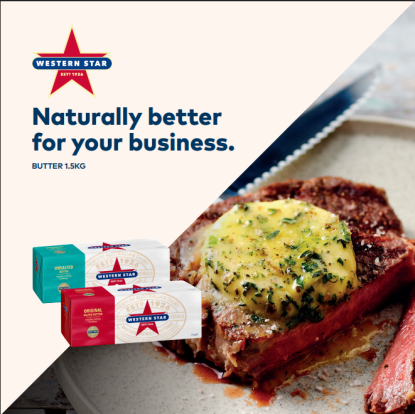Social media influencers are often referred to as the future of marketing. But when it comes to the hospitality industry; what do venues get out of working with them?
It’s safe to say influencers don’t have the best reputation in the industry. Many venues have experienced their fair share of bloggers and influencers requesting comped food and drink for coverage, with #couscousforcomment showing just how relentless some people can be.
But the reality is influencers hold an immense amount of power when it comes to promoting venues to consumers. The food influencer category is incredibly flooded and venues can pick and choose who they’d like to work with. On the flip side, the same can be said when it comes to restaurants, cafés and bars.
The marketplace is competitive, and some venues feel they simply have to use influencers to survive in a society heavily swayed by social media. Chef Mitch Orr from ACME makes an important point when it comes to food influencers who post images or reviews in exchange for free food and drink, which inevitably blurs the lines when it comes to legitimacy.
“Everyone is entitled to their opinion and perspective, but it doesn’t mean it’s worth listening to,” he says. “It’s a result of the way promotion works in 2018.”
If you decide to work with an influencer, it’s important to target accounts that add value to your business. Alex Squadrito co-owns Sydney food blog For Foods Sake, and encourages venues to do their research when it comes to accounts with masses of followers.
“A lot of venues are blindsided by followers and engagement,” he says. “Just because someone gets 1000 likes, doesn’t mean it’s going to be helpful for you. Make sure the content is high quality.”
Accounts bulked up with fake followers, comments and likes are rampant on Instagram and Facebook. You can buy 500 likes for a measly $7 and amass thousands of followers with a click and a credit card.
With fake followers come irrelevant audiences, and many large accounts have followers who are mostly based overseas, meaning posts about your Australian business aren’t going to convert to paying customers.
If you decide to step into the influencer arena, it’s better to stick with local micro influencers with informed and engaged audiences. A micro influencer generally has less than 30,000 followers and is viewed as a trusted source compared to those with millions of followers.
According to data from The Startup, micro influencers offer 60 per cent higher levels of engagement and are 6.7 times more cost-effective per engagement compared to macro influencers, who charge thousands for a single post.
In the US, food influencers are consuming up to $US90,000 worth of food and drink a year, which is an exorbitant hit to venues who will likely fail to recoup costs, no matter how much engagement they may generate online.
There are a number of venues who have made a conscious decision not to work with influencers. Orr doesn’t believe the transaction results in paying customers, and ACME has a blanket rule when it comes to influencer requests — they have to pay just like everyone else.
“When we are approached by influencers, it’s generally by people who don’t really have an idea of what ACME is and what we do,” says Orr. “Their sales pitch is always, ‘I have X amount of followers; I’d love to feature you [and] we’d like a meal for two to four people in exchange for X amounts of posts on X social feeds’.”
ACME runs in circles with big players both in the culinary and social world, and doesn’t need or want to trade macaroni for likes.
“Judging from those who are contacting us, we tend to feel they’re out for a free meal,” says Orr. “We look at their socials and see the quality and style of places they’re posting, and they generally don’t sit on the same level as ACME.
“We’re always polite and say we’re happy to book them a table, but we do not comp meals in exchange for social posts.”
Squadrito is well aware of the stigma attached to influencers, but chooses to focus on creating content that’s of interest to him on a personal level. Like most professions, the good comes with the bad.
“We’re not the biggest account with the most likes, but we pride ourselves on our content, which we know is of a high quality,” he says. “I find the way a lot of the new accounts approach places isn’t right. A lot of accounts will follow and unfollow thousands of accounts or buy followers. We started from scratch and built our followers organically. We never approach any restaurants or cafés unless it’s a new venue where we want to create exposure. For us, it’s always been about pride and we’d never want to tarnish our reputation.”
Influencer accounts are growing by the day and social media marketing won’t be experiencing a downfall anytime soon. So if you do decide to get on board, make sure the influencer you decide to work with is on the same level as your venue. And if you choose to steer clear; there’s nothing stopping you from dabbling in some self-promotion — it’s not rocket science, after all.
This article originally appeared in Hospitality‘s May issue. Subscribe here.
Image credit: Food and Wine
Sponsored Content

Mareno M1 — for customisation and world class design
Sponsored by Comcater

Naturally better for your business
Sponsored by Anchor
Trending Now
Resources
Lorem ipsum dolor sit amet, consectetur adipiscing elit. Fusce ac ornare lectus. Sed bibendum lobortis...
Lorem ipsum dolor sit amet, consectetur adipiscing elit. Fusce ac ornare lectus. Sed bibendum lobortis...
Sign up for our newsletter
